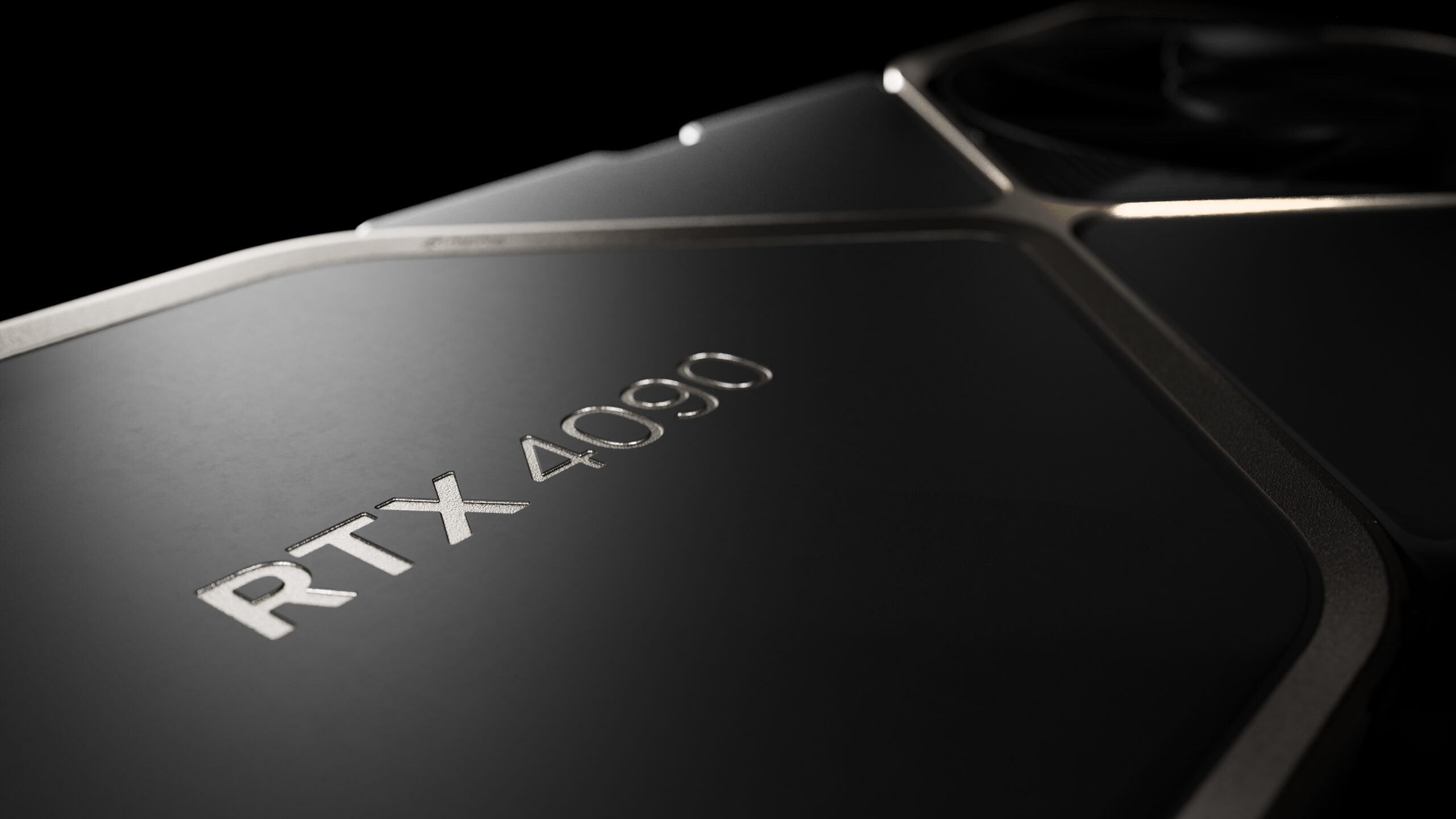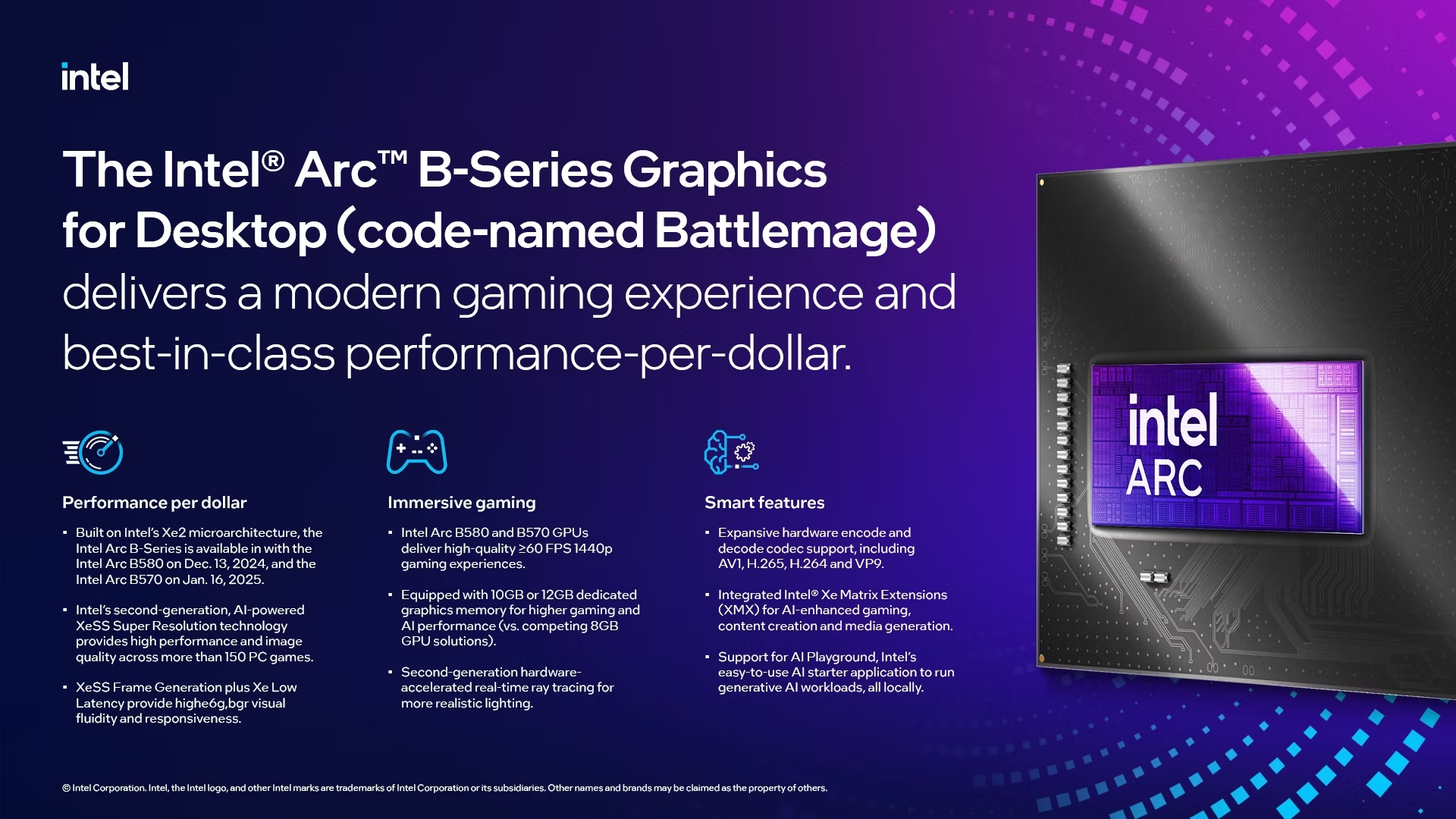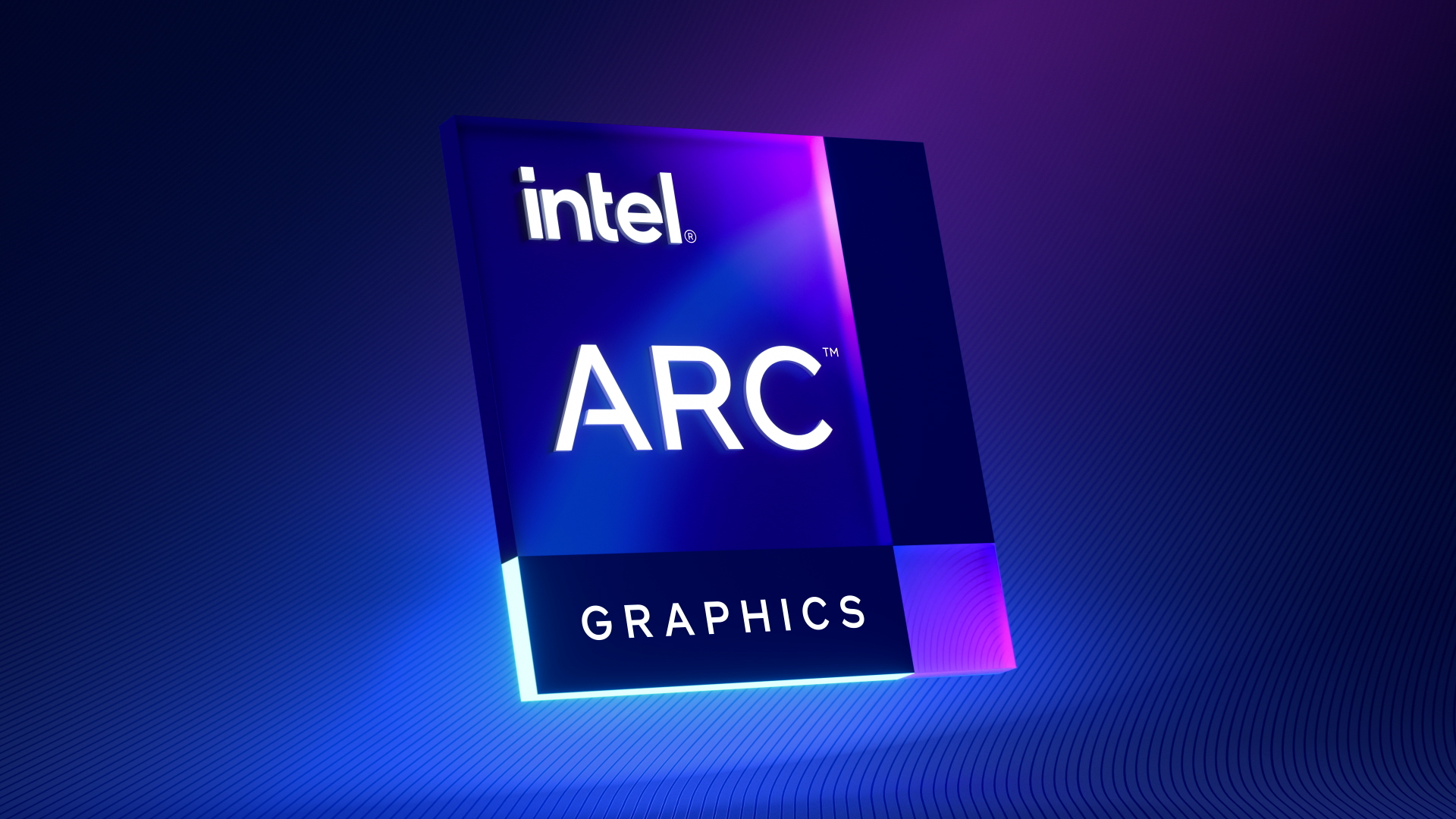Discover the Nvidia 40 Series GPUs with improved architecture, enhanced performance, and new features. Learn about specs, performance, and how these GPUs compare to the 30 Series.
Everything You Need to Know About Nvidia 40 Series GPUs: Specs, Performance.
The world of gaming and high-performance computing is on the edge of a major transformation with the introduction of the Nvidia 40 Series GPUs. These groundbreaking graphics cards promise to deliver unprecedented power, efficiency, and features that will redefine the standards for what GPUs can achieve. In this comprehensive guide, we will cover everything you need to know about Nvidia 40 Series GPUs: specs and performance. Whether you are a gamer, content creator, or tech enthusiast, these insights will help you understand what the Nvidia 40 Series has in store and why you might want to consider upgrading.
Table of Contents
1. Overview of Nvidia 40 Series GPUs
Everything you need to know about Nvidia 40 Series GPUs: specs and performance starts with understanding the series as a whole. Nvidia’s 40 Series is the latest addition to their lineup, succeeding the highly successful 30 Series. These new GPUs are based on Nvidia’s cutting-edge architecture, codenamed “Ada Lovelace,” which is named after the famous mathematician and computer science pioneer. This architecture represents a significant leap forward in terms of both raw computational power and energy efficiency.

The Nvidia 40 Series is expected to include multiple models, ranging from the high-end, flagship GPUs to more budget-friendly options. This will ensure that there is a suitable option for various types of users, from hardcore gamers seeking the ultimate performance to casual users who need reliable graphics for everyday tasks.
2. Specs of Nvidia 40 Series GPUs
The technical specifications for Nvidia’s 40 Series GPUs include a range of models, each offering different levels of performance and capabilities. Here are the key specifications for the primary models in the Nvidia 40 Series:
Technical Specs of Nvidia 40 Series GPUs
| Model | CUDA Cores | Base Clock | Boost Clock | VRAM | Memory Interface | Ray Tracing Cores | Tensor Cores | Power Consumption |
|---|---|---|---|---|---|---|---|---|
| RTX 4090 | 16,384 | 2.52 GHz | 2.73 GHz | 24 GB GDDR6X | 384-bit | 128 | 256 | 450W |
| RTX 4080 Ti | 12,288 | 2.61 GHz | 2.81 GHz | 20 GB GDDR6X | 320-bit | 96 | 240 | 350W |
| RTX 4080 | 9,728 | 2.21 GHz | 2.61 GHz | 16 GB GDDR6X | 256-bit | 76 | 184 | 320W |
| RTX 4070 Ti | 7,680 | 2.61 GHz | 2.77 GHz | 12 GB GDDR6X | 192-bit | 60 | 144 | 300W |
| RTX 4070 | 5,888 | 2.48 GHz | 2.62 GHz | 12 GB GDDR6X | 192-bit | 48 | 128 | 285W |
| RTX 4060 Ti | 4,608 | 2.54 GHz | 2.64 GHz | 8 GB GDDR6X | 128-bit | 34 | 102 | 250W |
| RTX 4060 | 3,072 | 2.46 GHz | 2.55 GHz | 8 GB GDDR6 | 128-bit | 28 | 84 | 220W |
| RTX 4050 | 2,560 | 2.23 GHz | 2.40 GHz | 8 GB GDDR6 | 128-bit | 24 | 64 | 200W |
Key Features
- CUDA Cores: A higher number of CUDA cores translates to better parallel processing power, which significantly enhances performance in both gaming and professional applications.
- Base and Boost Clocks: The base clock indicates the default operational speed of the GPU, while the boost clock is the maximum speed the GPU can achieve under load.
- VRAM: Video RAM is critical for handling high-resolution textures and complex calculations. Higher VRAM allows for better performance in demanding applications.
- Memory Interface: A wider memory interface increases bandwidth, improving data transfer rates between the GPU and VRAM.
- Ray Tracing Cores: Specialized cores designed to accelerate real-time ray tracing, providing more realistic lighting and shadows in supported games.
- Tensor Cores: These cores handle AI-driven tasks such as Deep Learning Super Sampling (DLSS), improving performance and image quality.
- Power Consumption: Reflects the amount of power required by the GPU, which affects system cooling and power supply requirements.
These specifications reflect the expected capabilities of the Nvidia 40 Series GPUs as of May 2024. They offer a range of performance levels to cater to different types of users, from high-end gaming and content creation to more budget-conscious options.
Diving deeper into everything you need to know about Nvidia 40 Series GPUs: specs and performance, the specifications are a critical area of focus. The Nvidia 40 Series GPUs are expected to offer substantial improvements over the previous generation. Here are some of the key specifications:
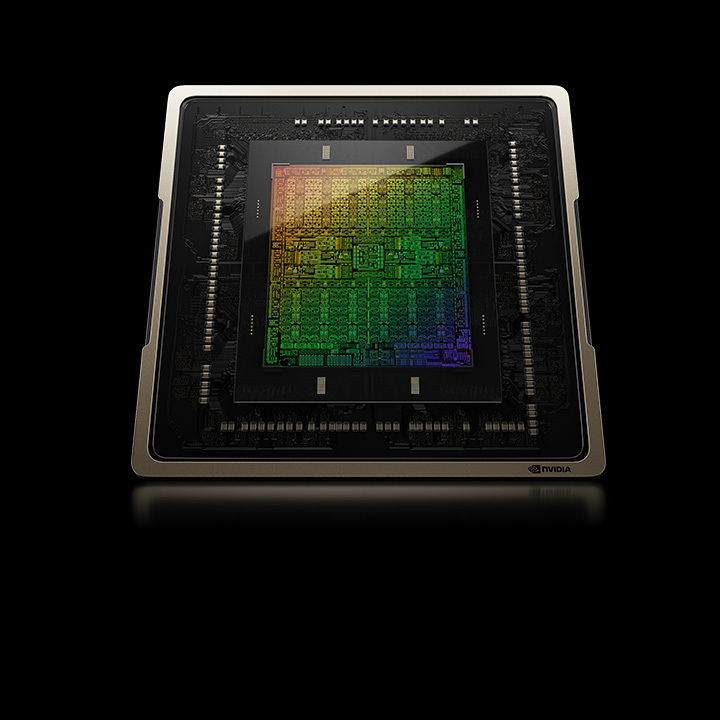
- GPU Architecture: As mentioned, the 40 Series will utilize the Ada Lovelace architecture. This new architecture is built on a refined 5nm process, which allows for more transistors and, consequently, better performance and efficiency.
- CUDA Cores: The number of CUDA cores, which are responsible for the parallel processing capabilities of the GPU, is expected to be significantly higher than in the 30 Series. For example, the flagship model might boast up to 16,384 CUDA cores, compared to the 10,496 cores in the RTX 3090.
- VRAM: Video RAM (VRAM) is crucial for handling high-resolution textures and complex calculations. The 40 Series is likely to feature GDDR6X memory, with flagship models potentially offering up to 24GB or even 32GB of VRAM.
- Ray Tracing and Tensor Cores: Nvidia has been a pioneer in real-time ray tracing, and the 40 Series will continue this trend with enhanced ray tracing cores. These cores provide better lighting, shadows, and reflections in games. Tensor cores, which are used for AI-driven tasks such as DLSS (Deep Learning Super Sampling), are also expected to see improvements.
- Power Consumption: While the 40 Series is expected to deliver better performance, it will also be more power-efficient thanks to the new architecture and improved manufacturing process. However, flagship models may still have high power requirements, possibly around 450W or more, necessitating robust cooling solutions.
3. Performance Expectations of Nvidia 40 Series GPUs
When discussing everything you need to know about Nvidia 40 Series GPUs: specs and performance, performance is undoubtedly one of the most critical aspects. The Nvidia 40 Series is anticipated to offer a significant performance boost over the 30 Series, with improvements in both gaming and non-gaming applications.
- Gaming Performance: In terms of gaming, the Nvidia 40 Series GPUs are expected to deliver a substantial increase in frame rates, especially at higher resolutions such as 4K and 8K. This makes the 40 Series particularly appealing to gamers looking for a smooth and immersive experience. Ray tracing performance will also see a boost, allowing for more realistic lighting and shadow effects in supported games.
- AI and Deep Learning: Beyond gaming, the 40 Series will be a powerhouse for AI and deep learning applications. With more Tensor cores and better AI capabilities, these GPUs will excel in tasks such as machine learning, neural network training, and other AI-driven processes.
- Content Creation: For content creators, everything you need to know about Nvidia 40 Series GPUs: specs and performance includes understanding how these GPUs can enhance productivity. Video editing, 3D rendering, and graphic design will benefit from faster rendering times and the ability to handle more complex projects with ease.
4. Ray Tracing and DLSS Enhancements
Ray tracing and DLSS (Deep Learning Super Sampling) are two features that set Nvidia apart in the GPU market. The 40 Series is expected to bring advancements in both areas.
- Ray Tracing: Nvidia’s 40 Series will likely introduce third-generation ray tracing cores, which offer even better performance than the previous generation. This means more realistic reflections, refractions, and shadows, making games look more lifelike than ever before.
- DLSS 3.0: DLSS, Nvidia’s AI-driven upscaling technology, will also see an upgrade. DLSS 3.0 is expected to provide better image quality and higher performance, allowing gamers to enjoy high resolutions and frame rates without sacrificing visual fidelity.
5. Nvidia 40 Series vs. 30 Series: A Comparative Analysis
To fully grasp everything you need to know about Nvidia 40 Series GPUs: specs and performance, it is useful to compare them with their predecessors. Here’s a breakdown of how the 40 Series is expected to stack up against the 30 Series:
- Performance: As mentioned, the 40 Series is expected to deliver up to 50% more performance compared to the 30 Series. This improvement is a result of more CUDA cores, faster clock speeds, and better architectural efficiency.
- Power Efficiency: The shift to a 5nm process should result in better power efficiency. This means that despite the increased performance, the 40 Series may not consume significantly more power than the 30 Series, although flagship models will still have high power requirements.
- Cooling Solutions: With greater performance often comes more heat. The 40 Series will likely require advanced cooling solutions, potentially with enhanced thermal designs and possibly even liquid cooling for high-end models.
6. Future-Proofing with Nvidia 40 Series GPUs
In everything you need to know about Nvidia 40 Series GPUs: specs and performance, it’s important to consider how these GPUs can future-proof your system. With the rapid advancement of gaming technology, having a powerful GPU is essential for staying ahead of the curve.
- Support for Upcoming Technologies: The Nvidia 40 Series is likely to support the latest technologies, including PCIe 5.0, HDMI 2.1, and DisplayPort 2.0. This ensures compatibility with upcoming monitors and VR headsets that will offer higher resolutions and refresh rates.
- Longevity: Investing in a 40 Series GPU means you are getting a graphics card that can handle the most demanding games and applications for years to come. This makes the 40 Series an attractive option for users who want a long-term solution that won’t need upgrading anytime soon.
7. Potential Downsides and Considerations
While everything you need to know about Nvidia 40 Series GPUs: specs and performance paints a positive picture, there are some potential downsides to consider:
- High Power Requirements: As mentioned, high-end 40 Series GPUs may have substantial power requirements, necessitating powerful power supplies and robust cooling solutions.
- Cost: The latest technology comes at a premium, and the 40 Series is expected to be no different. Gamers and professionals will need to weigh the cost against the benefits to determine if an upgrade is worth it.
- Supply Issues: The global semiconductor shortage has impacted many industries, including GPUs. There is a possibility that the Nvidia 40 Series could face supply constraints, leading to limited availability and potentially inflated prices.
8. Should You Upgrade to Nvidia 40 Series GPUs?
Given everything you need to know about Nvidia 40 Series GPUs: specs and performance, the decision to upgrade depends on several factors:
- Current Hardware: If you are currently using an older GPU, such as the Nvidia 20 Series or earlier, upgrading to the 40 Series will provide a significant performance boost. However, if you already own a 30 Series GPU, the benefits may be less pronounced unless you need the highest levels of performance.
- Usage Needs: Gamers, content creators, and professionals who require top-tier performance will benefit the most from the 40 Series. If you only use your PC for casual gaming or everyday tasks, an upgrade may not be necessary.
- Budget: The 40 Series is expected to be expensive, so it’s essential to consider your budget and whether the performance gains justify the cost.
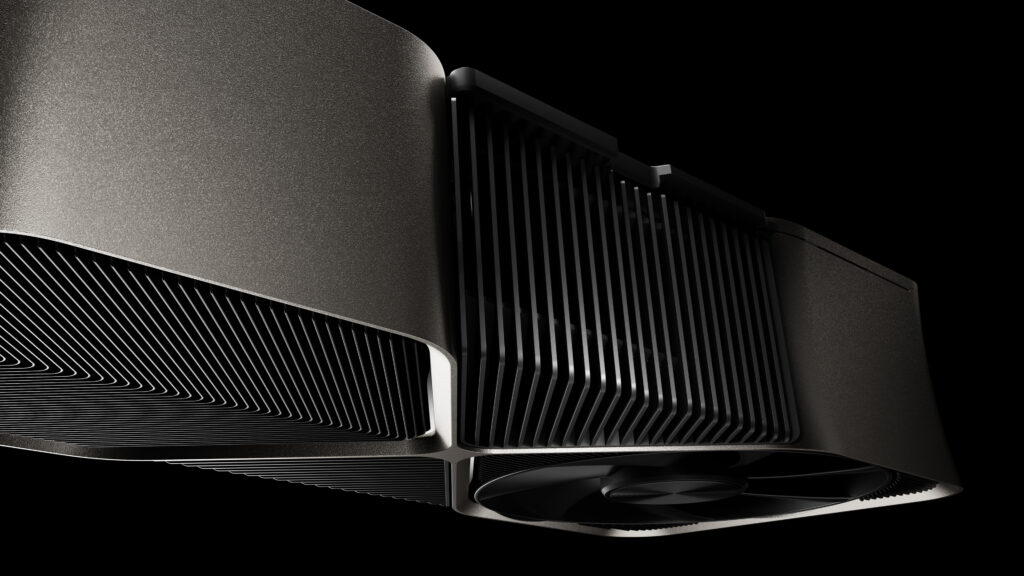
Conclusion
In summary, everything you need to know about Nvidia 40 Series GPUs: specs and performance highlights the transformative impact these GPUs will have on gaming, AI, and content creation. With substantial improvements in performance, efficiency, and features, the Nvidia 40 Series is set to redefine the GPU market. Whether you are a gamer looking for the best possible experience or a professional needing powerful graphics capabilities, the 40 Series offers compelling reasons to consider upgrading.
By understanding everything you need to know about Nvidia 40 Series GPUs: specs and performance, you can make an informed decision about whether these next-generation graphics cards are right for you. With their release on the horizon, now is the perfect time to start planning for the future of graphics technology.

